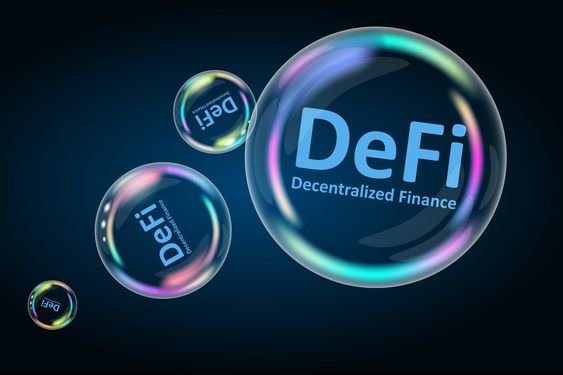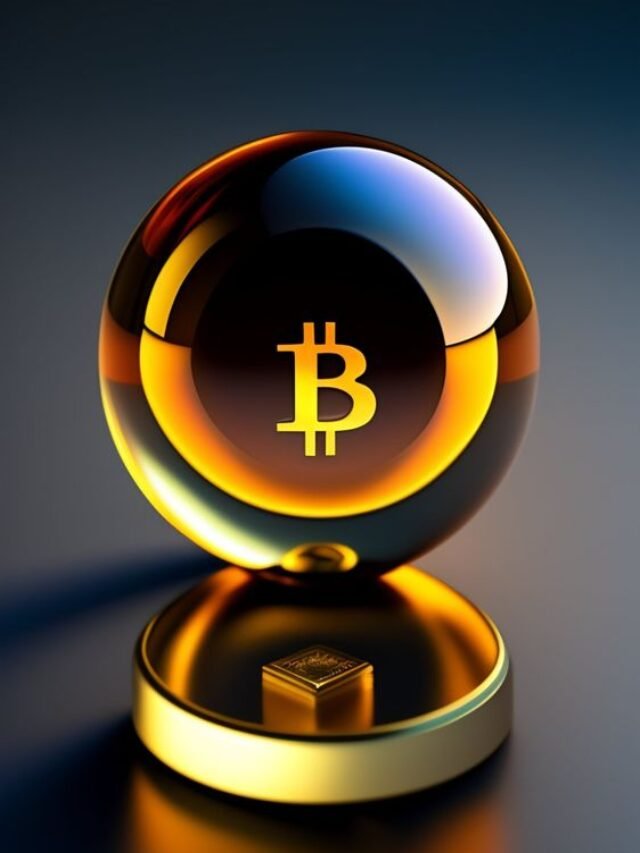Decentralized Finance (DeFi) has emerged as a revolutionary force in the financial world, transforming the traditional banking landscape. By leveraging blockchain technology, DeFi offers transparent, borderless, and permissionless financial services that challenge conventional banking systems. In 2025, the growth of DeFi continues to disrupt traditional financial models, pushing the boundaries of innovation and accessibility.
Overview of DeFi and Its Growth
DeFi refers to a suite of financial applications built on blockchain platforms, enabling peer-to-peer financial transactions without intermediaries. From lending and borrowing to trading and insurance, DeFi platforms provide a range of services traditionally controlled by banks.
The DeFi market has seen exponential growth since its inception. According to industry reports, the total value locked (TVL) in DeFi protocols exceeded $300 billion by the end of 2024. Factors driving this growth include:
- Increasing adoption of blockchain technology.
- Rising demand for financial inclusivity.
- Enhanced security and transparency compared to traditional systems.
- Rapid innovation in smart contract capabilities.
In 2025, DeFi’s accessibility has expanded further with improved user interfaces and cross-chain interoperability, making it easier for everyday users to engage with decentralized platforms.
Key DeFi Protocols Gaining Traction
Several DeFi protocols have gained significant traction, each addressing specific financial needs. These include:
- Aave
- A leading DeFi lending platform allowing users to earn interest on deposits and borrow assets.
- Features innovative solutions like flash loans and collateral swaps.
- Uniswap
- A decentralized exchange (DEX) enabling users to trade cryptocurrencies directly from their wallets.
- Known for its automated market-making (AMM) model.
- MakerDAO
- The protocol behind the DAI stablecoin, which maintains its value through over-collateralized loans.
- Provides a decentralized alternative to fiat-backed stablecoins.
- Curve Finance
- Specializes in stablecoin trading with minimal slippage and low fees.
- Integral to many liquidity mining strategies.
- Compound
- Offers a decentralized money market protocol for earning interest or borrowing assets.
- Supports algorithmic interest rate determination.
These protocols exemplify the diversity and innovation within the DeFi ecosystem, enabling users to engage in financial activities without intermediaries.
Comparison of DeFi vs. Traditional Banking Services
DeFi’s appeal lies in its stark contrast to traditional banking services. Key differences include:
| Feature | Traditional Banking | Decentralized Finance (DeFi) |
|---|---|---|
| Intermediaries | Required | None |
| Accessibility | Restricted by location | Global and borderless |
| Transparency | Limited | Fully transparent |
| Control | Bank-dominated | User-controlled |
| Operating Hours | Limited to business hours | 24/7 availability |
| Fees | High due to intermediaries | Lower due to automation |
While traditional banking offers stability and regulatory oversight, DeFi provides unmatched flexibility, transparency, and inclusivity.
Risks and Challenges in Adopting DeFi
Despite its advantages, DeFi adoption is not without challenges. Key risks include:
- Security Vulnerabilities
- Smart contract exploits and hacking incidents remain significant concerns.
- Users must ensure protocols have undergone rigorous audits.
- Regulatory Uncertainty
- Governments worldwide are grappling with how to regulate DeFi without stifling innovation.
- Overregulation could deter new users and developers.
- Complexity for New Users
- DeFi platforms often require technical knowledge, creating barriers for non-tech-savvy users.
- Simplified interfaces and educational resources are critical.
- Scalability Issues
- High transaction fees on congested blockchains can deter users.
- Solutions like Layer 2 scaling and alternative blockchains are helping address this issue.
- Market Volatility
- The value of assets in DeFi can fluctuate significantly, posing risks to investors.
- Stablecoins and hedging strategies offer some mitigation.
Future Trends in Decentralized Finance
The future of DeFi in 2025 and beyond looks promising, with several trends shaping its evolution:
- Integration with Traditional Finance
- Collaborations between banks and DeFi platforms are becoming more common.
- Hybrid models offer the best of both worlds, combining regulatory compliance with decentralization.
- Advancements in Cross-Chain Technology
- Improved interoperability allows seamless asset transfers across multiple blockchains.
- Protocols like Polkadot and Cosmos are driving this innovation.
- Focus on User Experience
- Simplified interfaces and mobile-first platforms are making DeFi more accessible.
- Educational initiatives aim to onboard new users effectively.
- Adoption of Decentralized Identity Solutions
- Decentralized identity systems provide secure and private user verification.
- These systems enable compliance with Know Your Customer (KYC) and Anti-Money Laundering (AML) regulations without compromising privacy.
- Rise of Real-World Asset Tokenization
- Assets like real estate and commodities are being tokenized for DeFi platforms.
- This trend opens new investment opportunities and liquidity channels.
Conclusion
Decentralized Finance is reshaping traditional banking by offering innovative, transparent, and inclusive financial solutions. While challenges like security risks and regulatory uncertainty persist, ongoing advancements in technology and user experience are driving widespread adoption. In 2025, DeFi stands as a testament to the power of blockchain technology, heralding a new era of financial freedom and innovation.
ALSO READ: Cybersecurity Tips for DeFi Users




